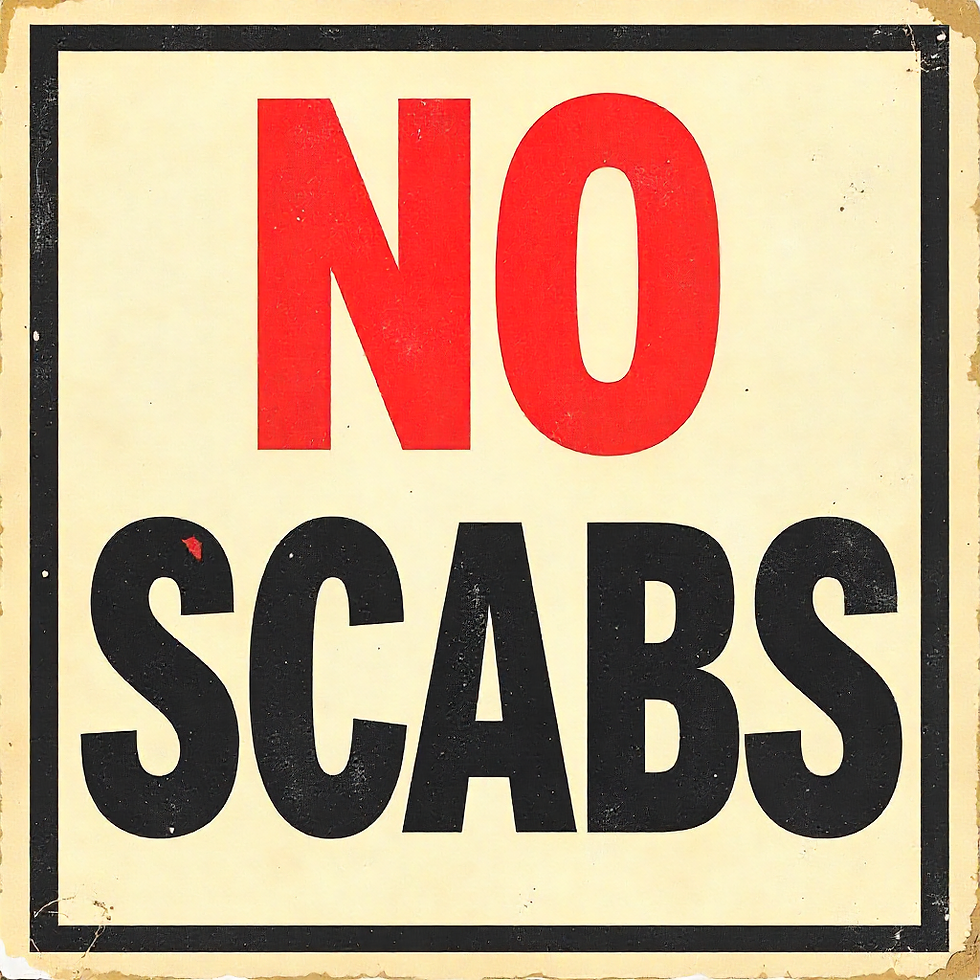Employment Insurance 101
- lelsutoronto
- Mar 11, 2023
- 2 min read

Chances are that you or someone you know will be unexpectedly unemployed at some point in your life. In this post, we will introduce Employment Insurance (EI) and answer your most pressing questions.
What is EI?
EI is a government program that provides temporary benefits payments when individuals lose their jobs. The program is overseen by the Canada Employment Insurance Commission (CEIC) and governed by the Employment Insurance Act (S.C. 1996, c. 23). The program is funded through EI premiums paid by employees and employers. Your employer automatically deducts your EI payments from your paycheque and remits these monthly amounts to the Canada Revenue Agency. In December 2022, approximately 398,000 Canadians received EI benefits.
Do I qualify?
There are different kinds of EI benefits, the most common of which is regular benefits. Other benefits include maternity and parental benefits, caregiving benefits, benefits for Canadians living abroad, and benefits for self-employed people. Different EI benefits have different eligibility criteria. To be eligible for regular EI benefits, you need to demonstrate the following requirements:
You were employed in insurable employment.
You lost your job through no fault of your own.
You have been without work and pay for at least 7 consecutive days in the last 52 weeks.
You have worked for the required number of insurable employment hours.
You are ready, willing, and capable of working each day.
You are actively looking for work (you must keep a written record of employers you contact, including when you contacted them).
The CEIC will examine the hours you worked during your “qualifying period.” Your qualifying period is usually the last 52 weeks before the start of your claim. For EI claims established after September 24, 2022, you will need between 420 and 700 hours of insurable employment, depending on the unemployment rate in your area. Generally speaking, you can get up to 55% of your previous income for up to a maximum of $650 per week. You can receive EI for up to 45 weeks.
How to Apply for EI
Always apply for EI benefits as soon as you stop working! If you delay filing your claim for benefits for more than 4 weeks after your last day of work, you may lose benefits. You can fill out an application online. To continue to receive benefits, you’re required to complete bi-weekly reports by internet or telephone. For more information, you can consult the EI application checklist.
Appealing an EI Decision
If you disagree with a decision on your application, the first step is to submit an online request for reconsideration. After that, you can file an appeal with the Social Security Tribunal (SST) General Division by filling out the form on the SST website. The Government of Canada has compiled a list of resources to assist with EI appeals. You must fill out each form within 30 days of receiving a decision.
Summing Up
EI is something that many Canadians turn to in times of job loss. Unfortunately, losing a job is common, and if you find yourself in this situation, it’s important to remember that you have options available!
- MV




Comments